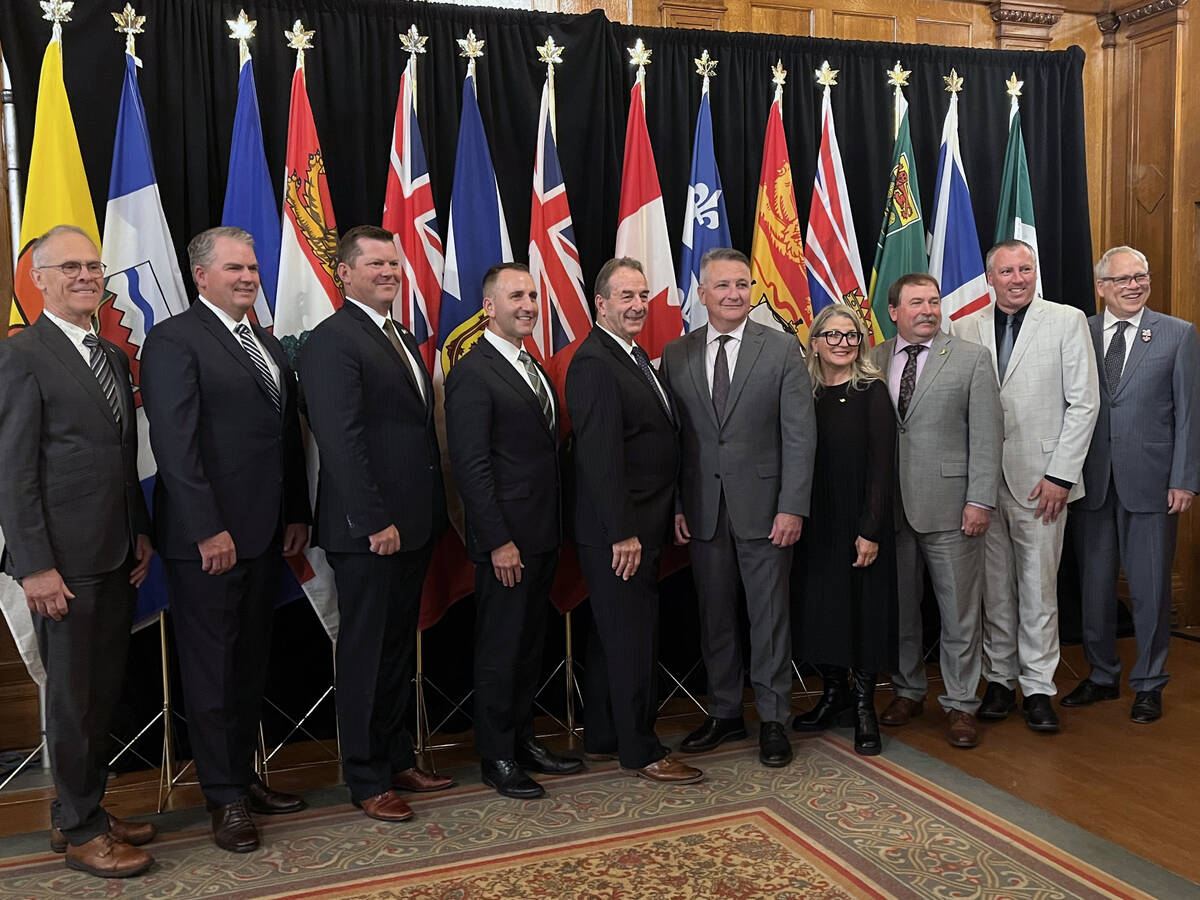A reshuffling of the deck for barley research funding should help ensure farmers continue to get their money’s worth from the research checkoff, says the head of the Western Grains Research Foundation.
“We’re constantly trying to assess where we get the best bang for the buck,” said Keith Degenhardt, chair of the foundation’s board of directors.
A 50 cents per tonne checkoff on barley sold through the Canadian Wheat Board raises about $600,000 annually, with the money divided equally between Agriculture Canada’s research centre in Brandon and the Crop Development Centre at the University of Saskatchewan.
Read Also

Agriculture ministers commit to enhancing competitiveness
Canadian ag ministers said they want to ensure farmers, ranchers and processors are competitive through ongoing regulatory reform and business risk management programs that work.
A recently signed 10-year funding agreement with the two institutions saw the implementation of a new funding formula that reflects new priorities and opportunities, Degenhardt said.
Here’s how the money will be divided:
- Forty-eight percent will be directed to two-row malting barley, up from 40 percent in the previous agreement. The increase reflects a greater focus on developing dual purpose varieties with strong malting and feed traits.
Degenhardt said Canada once set the standard for malting barley, but has been caught and overtaken by competitors such as Australia.
“We have to reapply ourselves to again be the leader.”
- Twenty-two percent will go to two-row feed programs, up slightly from 21 percent. Two-row feed is essential for supporting the livestock industry and breeders are working on fine-tuning varieties to get more energy per tonne. They are also working on low-phytate barley, which results in less phosphorus in manure, and slow dry-matter-disappearance barley, which is easier to digest.
- For the first time, six-row malting varieties will receive WGRF funding, accounting for nine percent. That reflects expectations of continued strong demand for these varieties from the U.S. market.
- Funding for six-row feed varieties, which received five percent under the previous agreement, has been eliminated. The foundation said there is enough non-WGRF funded research to meet the demand.
- Funding for hulless feed barley will be slashed to eight percent from 24 percent. Hulless varieties provide more protein and energy than traditional types, making them ideal for feeding hogs.
However, they haven’t caught on with customers and face price issues and competition from U.S. corn and Canada Prairie Spring wheat.
- Funding for hulless food barley varieties increased slightly to 11 from 10 percent, reflecting interest from the food market for breakfast cereals, tortillas and nutritional supplements.
- Three percent of the funds will be directed to developing new multipurpose varieties suitable for forage use.
Degenhardt said the percentages aren’t fixed in stone and could vary slightly from year to year, depending on the state of various research programs.
Also, the funding arrangements will undergo a formal review after five years.
“We still maintain the flexibility so that if something hits us out of the blue, we can change our priorities,” he said, adding that happened during the last agreement when fusarium suddenly became a serious issue and WGRF research money was reallocated accordingly.
Degenhardt said he hopes barley growers will be better served by the research community under the new allocation, but acknowledged that nothing is for certain.
“We think at this point in time that this is the way we can best serve producers,” he said. “But the thing about research is if you knew exactly what was going to happen, then it wouldn’t be research.”














